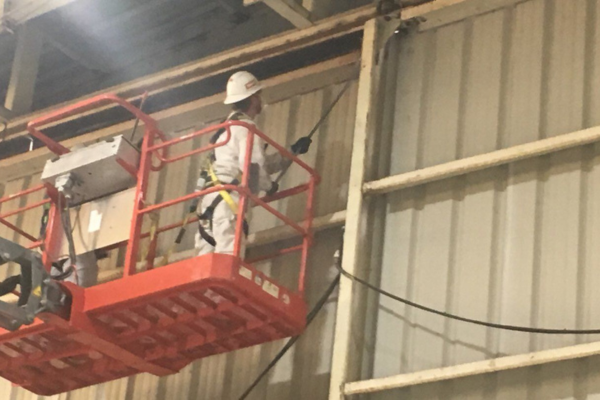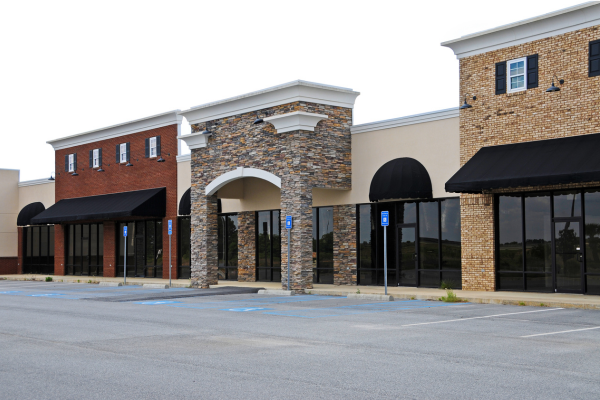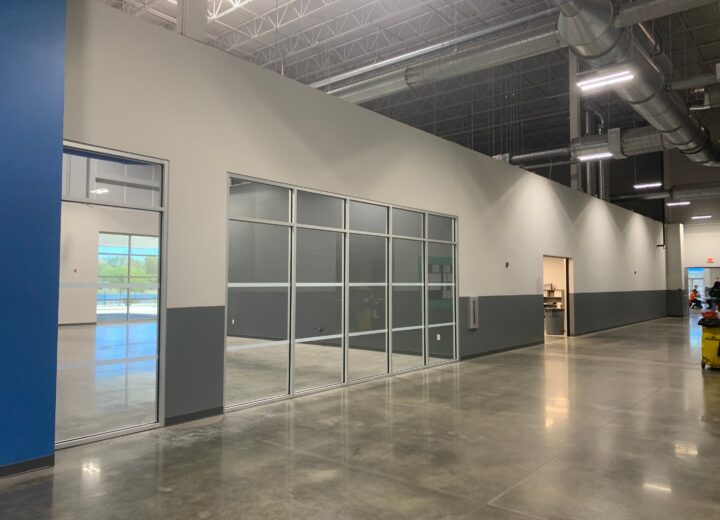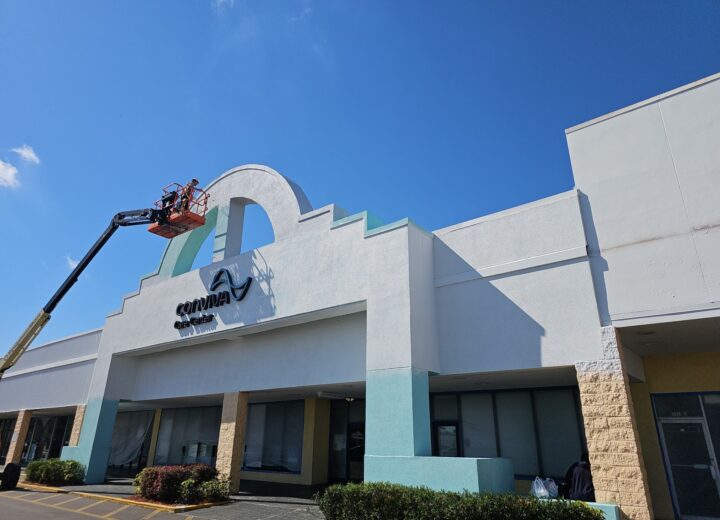 Most of today’s coating products take the form of a two-coat solution with a primer and topcoat. Direct to metal coatings are becoming more popular and versatile, especially in the marine sector, but in most cases you will need to plan your project around priming your surfaces correctly.
Most of today’s coating products take the form of a two-coat solution with a primer and topcoat. Direct to metal coatings are becoming more popular and versatile, especially in the marine sector, but in most cases you will need to plan your project around priming your surfaces correctly.
Primers are essential for a variety of reasons. They improve adhesion to the surface and unlock some of the topcoat’s performance qualities, depending on the formulation. The primer-topcoat approach is one of the mainstays of industrial corrosion prevention.
Corrosion protection is a key concern for virtually everyone in the industrial environment. Here, one debate stands out above all others: Should you use inorganic zinc primer or galvanize?
What is Galvanizing?
Galvanized steel is made by dipping steel components into molten zinc. In the modern galvanizing process, the steel is coated with a continuous layer of zinc forming a thin layer of alloy beneath a smooth layer of metallic zinc. This creates an interlocked, non-corrosive, inert matrix that generates galvanic protection.
The layer of zinc is highly reactive in the presence of oxygen and serves as a sacrificial coating that protects underlying metal. Galvanized steel does eventually become susceptible to oxidization, but it takes an extremely long time. The electroconductivity of zinc protects the steel even as the zinc itself corrodes.
Galvanized steel is typically used in situations where the component needs to be highly resistant to salt, air pollution, acid rain, and other environmental factors. Whatever the case may be, the zinc corrodes much more slowly than the steel it defends. Sacrificial protection is prioritized over barrier protection.
What is an Inorganic Zinc Primer?
The basic principles of how zinc primer protects steel are very similar to those behind galvanization. Organic and inorganic zinc primers are available and each can provide some level of sacrificial protection. This substantially slows down the corrosion rate of the underlying steel at the expense of the coating.
Inorganic zinc primers are generally preferred over their organic counterparts because of their superior corrosion resistance. The silicate binder in an inorganic primer formulation ensures that the binder reacts to the zinc particles rather than encapsulating them. This enables a higher concentration of zinc.
The higher the concentration of zinc, the better the overall performance for the primer. The zinc particles in a primer application are discontinuous and connected by a resin. As the resin hardens, it provides better abrasion protection and has the potential to resist chemical corrosion.
Inorganic zinc performance can be improved with a sealer coat.
Should You Choose Galvanizing or Inorganic Zinc Primer?
When environmental hazards are relatively mild, galvanizing steel surfaces is generally held to provide the best long-term protection for the substrate. It’s important to recognize that although inorganic zinc is very effective under the right circumstances, it is not ideal for all applications.
Inorganic zinc primers perform best when applied to a near-white blast-cleaned surface under SSPC-SP 10/NACE 2 regulations. An inorganic zinc-rich primer requires moisture to cure and is highly porous. If not given sufficient time to cure before topcoating, the primer may split. Likewise, pores enable the coating to outgas when topcoated, so a thin mist coat must be used to seal the surface.
Likewise, although galvanic processes are preferred in some environments, there are cases where they are not appropriate. Galvanization cannot provide the abrasion resistance generated by inorganic zinc. For some projects, zinc will also be preferred for resisting chemicals in the environment. Considering the time and expense involved in galvanizing, it should only be used when conditions warrant.
As found by NACE and others, these are best viewed as complementary rather than competing processes.
There is No “One Size Fits All” Solution to Industrial Coating
While there’s been a lot of debate around galvanizing versus inorganic zinc, the truth is a lot less quotable:
Sometimes you’ll want one, sometimes the other, and there are cases where both can be useful!
With that in mind, it’s essential to work with a team of industrial painting professionals who will evaluate your substrates and environments before advising you on the best path forward. Galvanizing must be performed in the shop, and inorganic zinc application greatly benefits from it, so it’s crucial to hire experts.
It’s often the case that a variety of treatments are used throughout the environment to benefit different equipment and surfaces. A balance between performance, cost, and future maintenance is sought by most industrial and commercial facilities leaders.
This approach enhances longevity and ensures your facilities are sustainable on your budget.
When it comes to the best industrial coatings, the solution depends on the best way to achieve corrosion protection in your own unique environment. That isn’t something that can be worked out through a simple checklist, but a little legwork helps price and performance coexist.
{{cta(‘9de02520-f11a-488c-8c31-5b289e42101b’)}}






